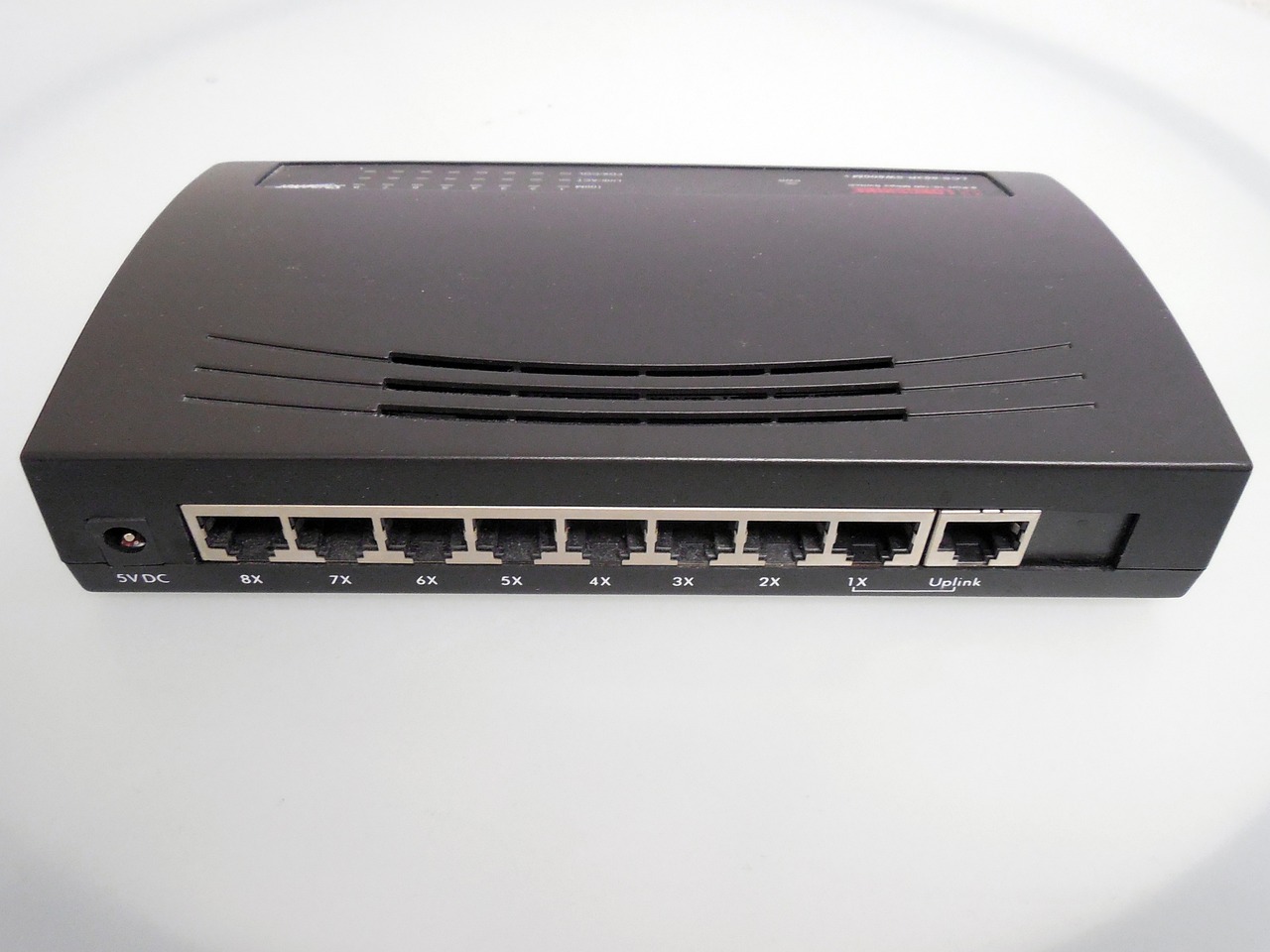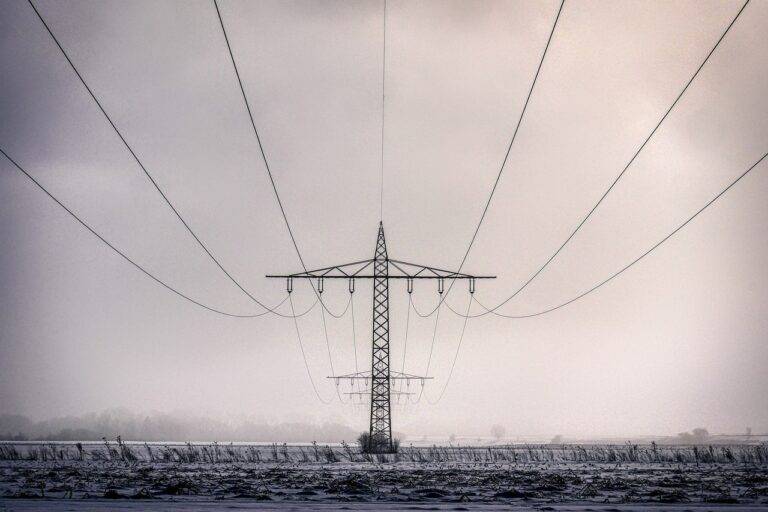The Role of Tech in Wildlife Monitoring and Conservation: Camera Traps and Sensors
Wildlife monitoring plays a crucial role in understanding and preserving biodiversity. By tracking population sizes, distribution patterns, and behaviors of various species, researchers are able to gain valuable insights into the health of ecosystems. This information is vital for making informed conservation decisions and implementing effective management strategies to protect vulnerable species and their habitats.
In addition, wildlife monitoring helps detect any fluctuations or threats to populations, such as habitat destruction, climate change, poaching, or the spread of diseases. Early detection of these issues allows for prompt intervention measures to be taken to prevent further harm to wildlife. By continuously monitoring wildlife populations, researchers can also assess the efficacy of conservation efforts and adapt strategies as needed to ensure the long-term survival of species in their natural environments.
Advancements in Camera Trap Technology
Camera trap technology has significantly evolved over the years, revolutionizing the way we monitor wildlife. Gone are the days of relying solely on human presence or physical traps to collect data. With the latest advancements in camera trap technology, researchers can now remotely capture images and videos of elusive wildlife species without disturbing their natural habitat.
One notable advancement in camera trap technology is the introduction of high-resolution cameras with improved sensor capabilities. These cameras produce crystal clear images even in low-light conditions, allowing researchers to gather detailed information about wildlife behavior and population dynamics. Additionally, the integration of wireless connectivity in camera traps enables real-time data transmission, providing researchers with immediate access to valuable insights without the need for frequent manual retrieval of data.
What is wildlife monitoring and why is it important?
Wildlife monitoring involves the use of various techniques to study and track animal populations in their natural habitats. It is important for conservation efforts, understanding species behavior, and assessing the health of ecosystems.
How have advancements in camera trap technology improved wildlife monitoring?
Advancements in camera trap technology have made it easier to capture high-quality images and videos of wildlife without disturbing them. This allows researchers to gather valuable data on animal behavior, population sizes, and distribution patterns.
What are some of the key features of modern camera traps?
Modern camera traps are typically equipped with motion sensors, infrared technology for nighttime recording, longer battery life, and wireless capabilities for remote data retrieval.
How do researchers use data collected from camera traps?
Researchers use data collected from camera traps to monitor changes in wildlife populations over time, study animal behavior, detect rare or elusive species, and assess the impact of human activities on ecosystems.
Are there any ethical considerations when using camera traps for wildlife monitoring?
Yes, researchers must ensure that camera traps are placed in a way that minimizes disturbance to animals and respects their natural behavior. They must also obtain necessary permits and follow ethical guidelines for wildlife research.





